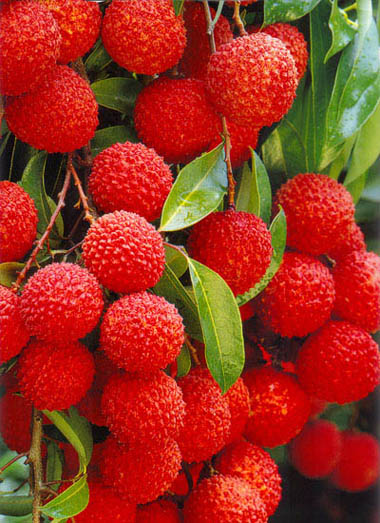
Compounds called anthocyanins, which give color to most red, purple and blue fruits and vegetables, may help protect against colon cancer, an Ohio State University study says.
The findings, presented Sunday at the American Chemical Society's annual meeting in Boston, may help advance knowledge about what gives fruits and vegetables their cancer-fighting properties which, in turn, could eventually lead to the development of new cancer treatments.
"These foods contain many compounds, and we're just starting to figure out what they are and which ones provide the best health benefits," lead author Monica Giusti, an assistant professor of food science at the university, said in a prepared statement.
More information
The American Cancer Society has more about healthy eating, exercise and cancer prevention.
| Tags: Cancer, Nutrition, Public Health and Safety |
Labels: Cancer, Colon Cancer, Nutrition, Public Health
Post a Comment